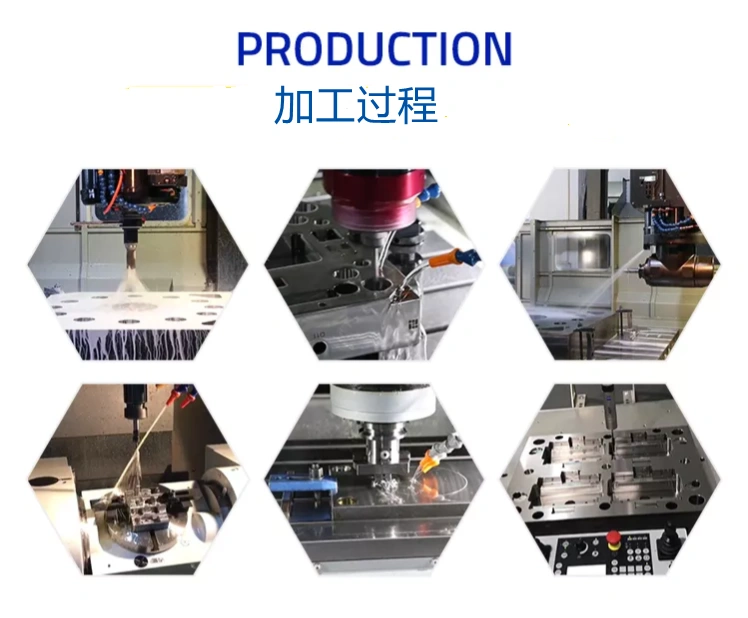
Mr. Chan
Leave a message
Mr. Chan
Leave a messageInjection molding costs accumulate based on the different parts and materials needed for a plastic design and the injection molding cost per part plays a major role in your product`s budget. In order to cut down on injection molding costs, it is important to come up with crafty and intelligent designs for your plastic products. Factors such as part positioning further optimize the design so the mold fits perfectly and there will be fewer scraps out of the molding process.
Intelligent designs will also remove the need for sprue and runners due to right part positioning. You can shed out excess material simply because of an intelligent mold design which leads to reduced injection molding costs. Another smart thing to do is to make sure everything remains intact during the ejection process and that there would be no damage to the end product or mold design whatsoever.
The mould design and product design are also vital areas in which the costs of injection moulding can be reduced. Every injection moulding tool is custom made, so there are opportunities to reduce the cost and initial lead time when developing the mould.
By optimizing the product design, you can ensure all-around efficiency, for example, part size, wall thickness, undercuts. Generally speaking, the larger the part, the higher the cost. Smaller parts will naturally take less time to cool which reduces the overall cycle time. A faster cycle time results in lower overhead costs, as well as labor costs.
Instead of having to buy an entirely new mold for every revision you make, a bit of clever planning can help you reuse a mold multiple times. By designing tool inserts you can mold various versions and features. MUD tooling, another popular modification method, creates a small, 5"x8" mold that is engulfed by the existing base/body. This smaller mold is extremely helpful as it saves costs by requiring less of an investment in the tooling. These methods are much preferred to cutting multiple tools and offer significant savings.
A big chunk of the plastic injection molding costs is taken up by the type of plastic resin /material being used. Each resin has a different cost associated with it.
Before deciding on a particular plastic resin for your product, consider the application of the plastic part. Evaluate the necessary features that you need within the part to get optimal functionality. Next, see if you can achieve it with a lower-end plastic resin. Sometimes, lower-end polymers along with some fillers and additives work equally well as a higher-end material.
Another way to reduce costs related to tooling is designing a family or multi-cavity mold. Depending on part similarity, material selection, and processing requirements you may be able to include more than one part in your mold. This will increase the cost of the tool but it will be marginal when compared to cutting separate tooling for each part.
Multi-cavity molding lends itself to high production requirements. The more cavities you have in a tool the more parts you`re able to create each cycle. While this will drive up initial costs related to tooling it will lead to lower part prices and lower cost overall in the long run.
Injection molding is a very straightforward process that may not seem like it has much room for cost reduction techniques, but if you ask the pros, they will tell you otherwise.
You can utilize scientific molding and DECOUPLED MOLDING® techniques to optimize clamp/eject movements, fill time, pack time, hold time, and cooling. You`re able to only use what`s needed to make good parts with a smaller buffer.
Properly sized mold temperature control units, or thermometers, will also help lower cycle times. 80% of the molding cycle is spent cooling the part from the melt temperature to an ejection temperature where the part is rigid enough to withstand the forces of ejection and retain dimensional integrity. If we don`t have enough water flow, then the ability to cool the part to the correct temperature is compromised, and the workaround is to leave the part in the mold longer, costing more money.

Privacy statement: Your privacy is very important to Us. Our company promises not to disclose your personal information to any external company with out your explicit permission.